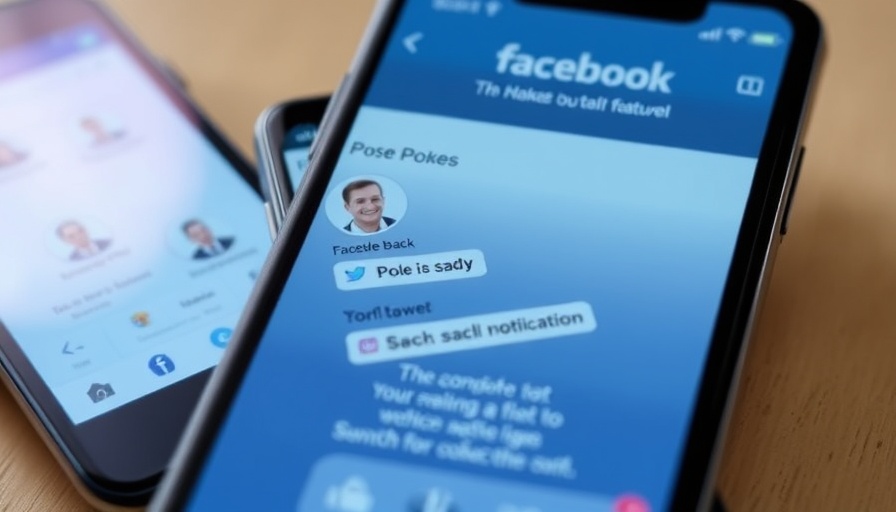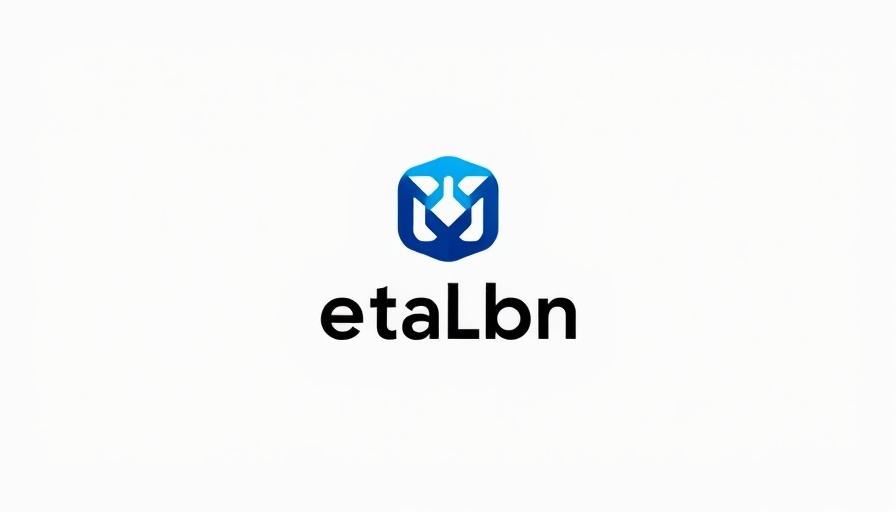
Understanding Those Elusive Text Replies: Psychology Unpacked
We all know the struggle. You send a text, it’s read almost instantly, and then—silence. Hours may pass before a reply comes, if at all. For some, this may be maddening, leaving them wondering if they’ve done something wrong or if the other person simply doesn’t care. However, psychology suggests that individuals who take a while to respond, often display underlying behaviors that might just redefine how you view their communication style.
1. The Overthinkers: Deciphering the Perfect Response
Overthinkers often find themselves reading a message and struggling with how to express their thoughts clearly and effectively. In a world that values instant gratification, these individuals take pause, spending hours crafting what they believe to be the perfect reply. Their critical thinking and desire for meaningful exchanges can often lead to prolonged delays in communication. This isn’t indifference; it’s deep consideration and care about the message’s content.
2. The Easily Overwhelmed: Managing Mental Load
Being overwhelmed is a common trait among those who delay responses. For many, the pressure of managing multiple conversations alongside an already busy life can create a backlog in replies. They appreciate the importance of each conversation but often need to step away to gather their thoughts before providing a proper reply. This behavior may stem from a welcoming sense of responsibility—caring deeply for those they converse with—ironically making them more prone to postponing replies until they can give themselves adequately to the discussion.
3. Face-to-Face Fanatics: The Preference for Personal Connection
Interestingly, many individuals prefer in-person conversations over texts, finding personal interaction more fulfilling and authentic. These conversation aficionados often see texting as a secondary mode of communication, choosing to invest their energy where they feel truly engaged. This can manifest in delayed responses as they may immediately forget to reply, often swayed in favor of their next face-to-face meeting.
4. Patience and Thoughtfulness: Delayed Responses as a Sign of Respect
Another common behavioral pattern among slow texters is inherent patience. Rather than rushing to answer every notification as it comes in, these individuals are often capable of taking their time to formulate thoughtful replies. Their slower pace can be a reflection of emotional intelligence and a respect for the conversation itself, indicating that when they do respond, they’ll have something meaningful to say.
5. The Independent Thinkers: Walking to the Beat of Their Own Drum
People who take hours to reply might also be independent thinkers. Their response times are not dictated by the pressures of society; instead, they take stock of their thoughts before engaging in conversations. This characteristic reflects confidence and self-awareness, allowing them to form their ideas without succumbing to external pressures.
6. Distraction Prone: The Hidden Culprit of Delays
Life is full of distractions. Many slow responders are simply prone to easily losing focus. A quick glance at a message can lead to a myriad of thoughts and tasks pulling their attention away from replying. Although they value their communication with friends and colleagues, their brains can shift to different stimuli, causing them to forget to respond altogether. Setting reminders or marking important messages can help mitigate this effect and ensure meaningful conversations aren’t lost.
7. The Quality Over Quantity Seekers: Why Depth Matters
In a digital world saturated with instant texts and notifications, some individuals consciously strive to prioritize the quality of their interactions. People who take time to reply often embody this principle, seeking depth in their connections over mere frequency. Their thoughtful approach means that although responses may come slowly, the effort they place into their replies ensures a more meaningful exchange.
8. The Authentic Communicators: The Essence of Sincerity
Ultimately, those who take hours to reply often showcase a desire for authenticity. They won’t engage in casual responses if they believe it detracts from the conversation’s value. Their thoughtful replies are born from the desire to honor their relationships and convey genuine connections rather than superficial exchanges.
Embracing Delays: An Invitation for Thoughtful Communication
The next time a friend or colleague leaves you waiting for a text reply, consider these insights from psychology. The process of crafting a meaningful response is often as indicative of the individual’s respect for the conversation as it is for their need to ensure a thoughtful engagement. Encouraging people to communicate in their authentic style, even if it means longer wait times, can enrich our interactions and foster deeper connections.
If you are a business owner seeking to enhance your understanding of effective communication in this increasingly digital world, consider implementing strategies that facilitate thoughtful engagement in your interactions. Vow to provide your teams with the space and time they might need to ensure clarity, thoughtfulness, and relevance in reply.
 Add Row
Add Row  Add
Add 




Write A Comment